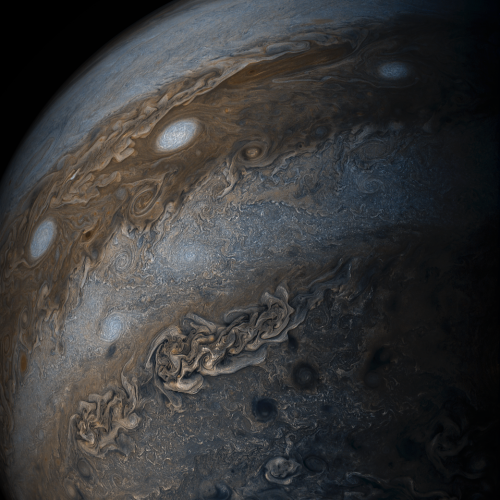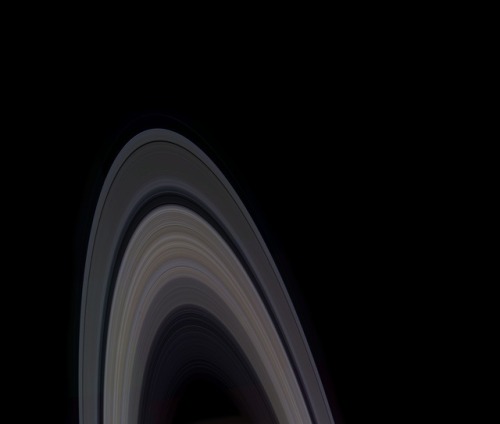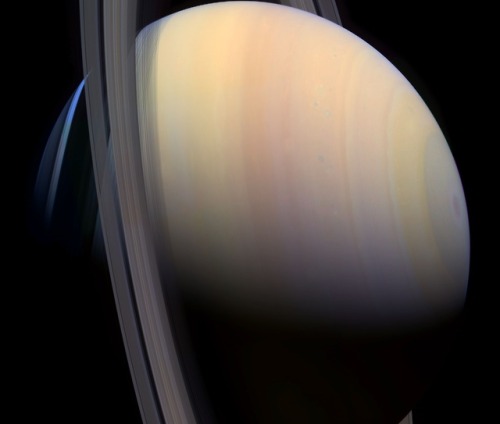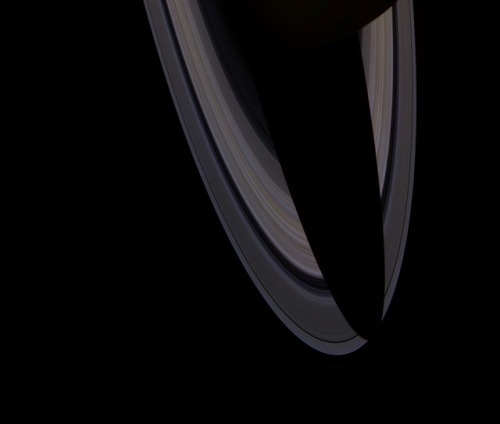*shows Up At Nasa With Sleeping Bag & Pillow* I’m Ready To Go To The Moon
*shows up at nasa with sleeping bag & pillow* I’m ready to go to the moon
More Posts from Starlost and Others

Swirling bands of light and dark clouds on Jupiter are seen in this image made by citizen scientists using data from our Juno spacecraft. Each of the alternating light and dark atmospheric bands in this image is wider than Earth, and each rages around Jupiter at hundreds of miles (km) per hour. The lighter areas are regions where gas is rising, and the darker bands are regions where gas is sinking. This image was acquired on May 19, 2017 from about 20,800 miles (33,400km) above Jupiter’s cloud tops. Learn more
Credits: NASA/JPL-Caltech/SwRI/MSSS/Gerald Eichstädt /Seán Doran
Make sure to follow us on Tumblr for your regular dose of space: http://nasa.tumblr.com


NASA scientists are closer than ever to finding life outside of Earth.
follow @the-future-now

Crab Nebula - a supernova remnant in the constellation Taurus.
Image Credit: NASA, ESA, J. Hester, A. Loll (ASU)



A very high resolution view of big beautiful Saturn
Composition Credit: Mattias Malmer, Image Data: Cassini Imaging Team (NASA)


new photos of jupiter from the juno spacecraft | (good to know that van gogh had a say in how jupiter was designed)

shit man this got me emotional

What is a Rogue Planet?
A rogue planet (also termed a free-floating (FFP), interstellar, nomad, orphan, sunless, starless, unbound or wandering planet) is an interstellar object of planetary-mass, therefore smaller than fusors (stars and brown dwarfs) and without a host planetary system. Such objects have been ejected from the planetary system in which they formed or have never been gravitationally bound to any star or brown dwarf. The Milky Way alone may have billions to trillions of rogue planets, a range the upcoming Nancy Grace Roman Space Telescope will likely be able to narrow down.
Source
image Credit: ESO/L. Calçada/P. Delorme/R. Saito/VVV Consortium
-
 bubb13bunny liked this · 3 weeks ago
bubb13bunny liked this · 3 weeks ago -
 iguanodonwildman reblogged this · 3 weeks ago
iguanodonwildman reblogged this · 3 weeks ago -
 thatslifexo reblogged this · 4 weeks ago
thatslifexo reblogged this · 4 weeks ago -
 thatslifexo liked this · 4 weeks ago
thatslifexo liked this · 4 weeks ago -
 personal-diaryy liked this · 1 month ago
personal-diaryy liked this · 1 month ago -
 para-isto-nao-tenho-nome reblogged this · 1 month ago
para-isto-nao-tenho-nome reblogged this · 1 month ago -
 chardcnnay reblogged this · 1 month ago
chardcnnay reblogged this · 1 month ago -
 angclvings liked this · 1 month ago
angclvings liked this · 1 month ago -
 itsokaynottobxokay reblogged this · 1 month ago
itsokaynottobxokay reblogged this · 1 month ago -
 mr-shadowwolf-2 liked this · 1 month ago
mr-shadowwolf-2 liked this · 1 month ago -
 verlustderkontrolle1 reblogged this · 1 month ago
verlustderkontrolle1 reblogged this · 1 month ago -
 fairyinthetrees liked this · 1 month ago
fairyinthetrees liked this · 1 month ago -
 billie-black liked this · 1 month ago
billie-black liked this · 1 month ago -
 axxyy07 liked this · 1 month ago
axxyy07 liked this · 1 month ago -
 the-nut-queen liked this · 1 month ago
the-nut-queen liked this · 1 month ago -
 sholven reblogged this · 1 month ago
sholven reblogged this · 1 month ago -
 sholven liked this · 1 month ago
sholven liked this · 1 month ago -
 rosaui reblogged this · 1 month ago
rosaui reblogged this · 1 month ago -
 dot-z-rrr liked this · 1 month ago
dot-z-rrr liked this · 1 month ago -
 amongthefallingstars reblogged this · 1 month ago
amongthefallingstars reblogged this · 1 month ago -
 heaven-s-flower reblogged this · 1 month ago
heaven-s-flower reblogged this · 1 month ago -
 omar8976 liked this · 1 month ago
omar8976 liked this · 1 month ago -
 ardani-tarmizi reblogged this · 1 month ago
ardani-tarmizi reblogged this · 1 month ago -
 ardani-tarmizi liked this · 1 month ago
ardani-tarmizi liked this · 1 month ago -
 fearless-22 reblogged this · 1 month ago
fearless-22 reblogged this · 1 month ago -
 n00dlekitten reblogged this · 1 month ago
n00dlekitten reblogged this · 1 month ago -
 n00dlekitten liked this · 1 month ago
n00dlekitten liked this · 1 month ago -
 nenehyuuchiha liked this · 1 month ago
nenehyuuchiha liked this · 1 month ago -
 hellboundhimbo reblogged this · 1 month ago
hellboundhimbo reblogged this · 1 month ago -
 myargentavislove11 reblogged this · 1 month ago
myargentavislove11 reblogged this · 1 month ago -
 artistic-octopus liked this · 1 month ago
artistic-octopus liked this · 1 month ago -
 diamondsheep reblogged this · 1 month ago
diamondsheep reblogged this · 1 month ago -
 diamondsheep liked this · 1 month ago
diamondsheep liked this · 1 month ago -
 idkimacomplicatedgay liked this · 1 month ago
idkimacomplicatedgay liked this · 1 month ago -
 spacedoutfakeboy liked this · 1 month ago
spacedoutfakeboy liked this · 1 month ago -
 saddy-go-fucky reblogged this · 1 month ago
saddy-go-fucky reblogged this · 1 month ago -
 thecrazycatman liked this · 1 month ago
thecrazycatman liked this · 1 month ago -
 coldvanillafrappeccino reblogged this · 1 month ago
coldvanillafrappeccino reblogged this · 1 month ago -
 coldvanillafrappeccino liked this · 1 month ago
coldvanillafrappeccino liked this · 1 month ago -
 gaybeanman liked this · 1 month ago
gaybeanman liked this · 1 month ago -
 communindigo liked this · 1 month ago
communindigo liked this · 1 month ago -
 rxses reblogged this · 1 month ago
rxses reblogged this · 1 month ago -
 wingsingthings reblogged this · 1 month ago
wingsingthings reblogged this · 1 month ago -
 6vaguebook reblogged this · 1 month ago
6vaguebook reblogged this · 1 month ago -
 localbutchcyborg liked this · 1 month ago
localbutchcyborg liked this · 1 month ago -
 evishinsecurities reblogged this · 1 month ago
evishinsecurities reblogged this · 1 month ago -
 neuroses liked this · 1 month ago
neuroses liked this · 1 month ago -
 pink-pony-luv reblogged this · 1 month ago
pink-pony-luv reblogged this · 1 month ago -
 kaytalyst liked this · 1 month ago
kaytalyst liked this · 1 month ago

andrei, he/him, 21, made this at 14 when i was a space nerd but i never fully grew out of that phase so,,,,..,hubble telescope + alien life + exoplanet + sci fi nerd
245 posts
